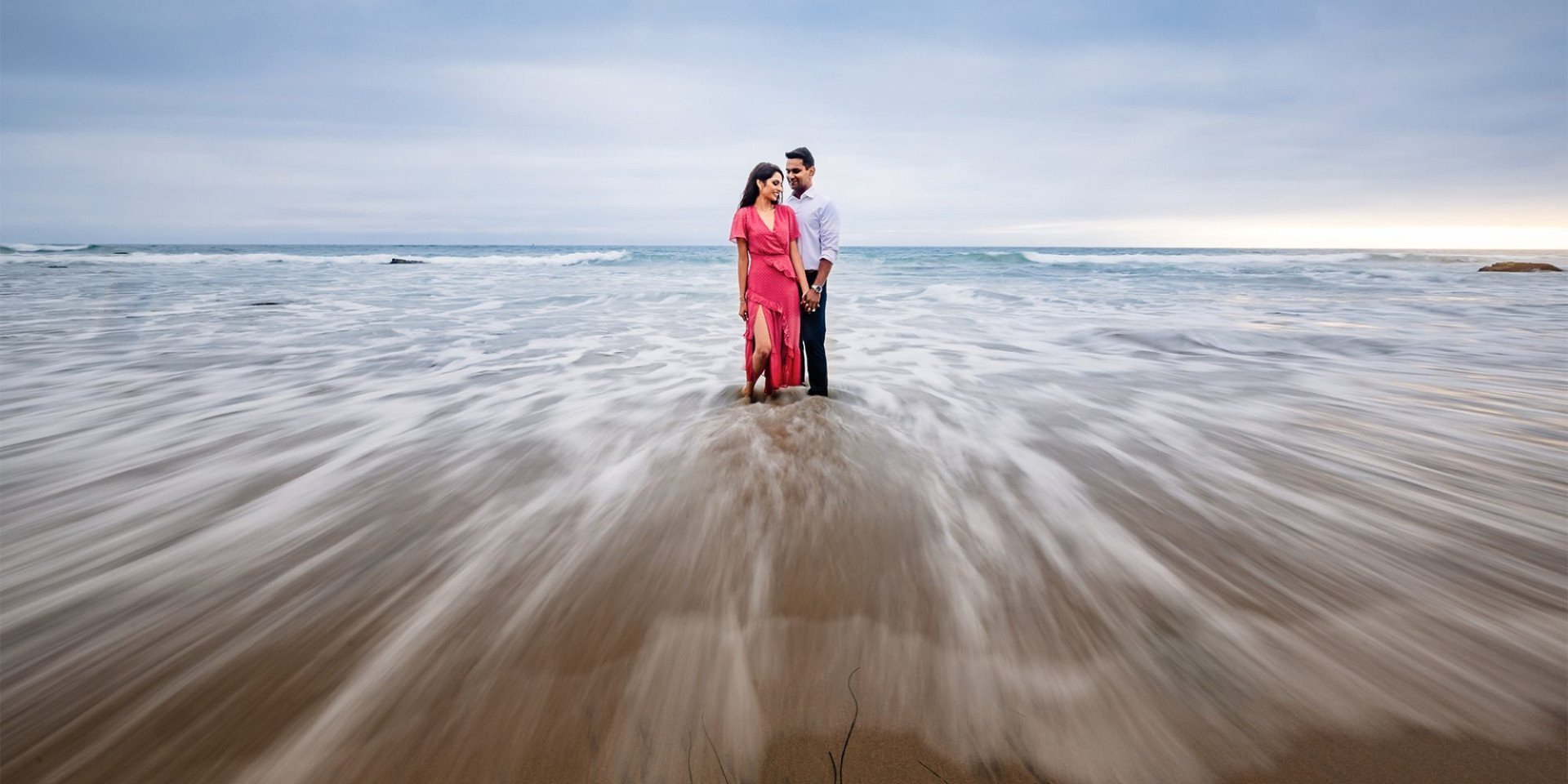Long exposure photography is a fascinating technique that allows photographers to capture stunning images by manipulating time. By using longer shutter speeds, photographers can create unique effects such as silky smooth waterfalls, streaking car lights at night, and dreamy cloud movements. In this tutorial, we will delve into the world of long exposure photography and learn how to master this captivating technique.
Understanding Long Exposure Photography:
Long exposure photography involves using a slow shutter speed to capture motion over an extended period. This technique is particularly effective in situations where there is movement, such as flowing water, passing traffic, or drifting clouds. By keeping the shutter open for a longer duration, these moving elements are captured as blurred streaks, adding a sense of dynamism and artistic flair to the image.
Gear Required:
Before we dive into the technical aspects, let’s ensure we have the necessary equipment to achieve great long exposure shots. Here are the essential items:
- Camera: Any camera with manual controls and the ability to set long shutter speeds will work. DSLRs and mirrorless cameras are commonly used due to their flexibility and advanced settings.
- Tripod: Stability is crucial for long exposure photography, as any camera movement can result in blurry images. Invest in a sturdy tripod to keep your camera steady during long exposures.
- Remote Shutter Release: A remote shutter release or cable release allows you to trigger the shutter without physically touching the camera, minimizing the risk of camera shake.
- Neutral Density (ND) Filters: ND filters are essential for controlling the amount of light entering the camera. They block out excess light, allowing for longer shutter speeds even in bright conditions.
Settings and Techniques:
- Choose the Right Time and Location: Look for scenes with interesting elements that will benefit from the long exposure effect. Consider the movement of clouds, crashing waves, or busy city streets.
- Set the Camera to Manual Mode: Switch your camera to manual mode to have full control over the exposure settings. This will allow you to set a slow shutter speed and adjust other parameters accordingly.
- Use a Low ISO: Set your camera’s ISO to its lowest value (typically ISO 100 or 200) to minimize digital noise in the final image.
- Attach an ND Filter: Depending on the lighting conditions, attach an appropriate ND filter to block out light and extend the exposure time.
- Select a Slow Shutter Speed: Experiment with different shutter speeds to achieve the desired effect. Start with a few seconds and increase the duration as needed.
- Focus and Composition: Use manual focus to ensure the subject is sharp. Pay attention to composition, as a well-composed image can enhance the impact of the long exposure effect.
- Use Bulb Mode or Timer: For exposures longer than the camera’s maximum shutter speed, use bulb mode or the camera’s built-in timer to keep the shutter open for an extended duration.
- Review and Adjust: After each shot, review the image on your camera’s LCD screen and make any necessary adjustments to exposure or composition.
Post-Processing:
Once you have captured your long exposure images, post-processing can help enhance their impact. Consider the following steps:
- Import and Organize: Transfer your images to your computer and organize them into folders for easy access.
- Basic Adjustments: Make basic adjustments such as exposure, contrast, and white balance to ensure a well-balanced image.
- Noise Reduction: Long exposures can introduce digital noise. Apply noise reduction techniques to minimize noise while preserving detail.
- Fine-Tuning: Experiment with additional adjustments like color grading, selective adjustments, and cropping to further enhance the image.
Conclusion:
Long exposure photography offers endless creative possibilities andallows photographers to capture stunning images that convey a sense of motion and time. By understanding the gear required, mastering the necessary techniques, and applying post-processing techniques, you can create mesmerizing long exposure photographs. Remember to experiment, be patient, and embrace the artistic freedom that long exposure photography offers. So grab your camera, tripod, and ND filters, and venture into the world of long exposure photography to capture captivating images that evoke a sense of time in motion.


0 Comment